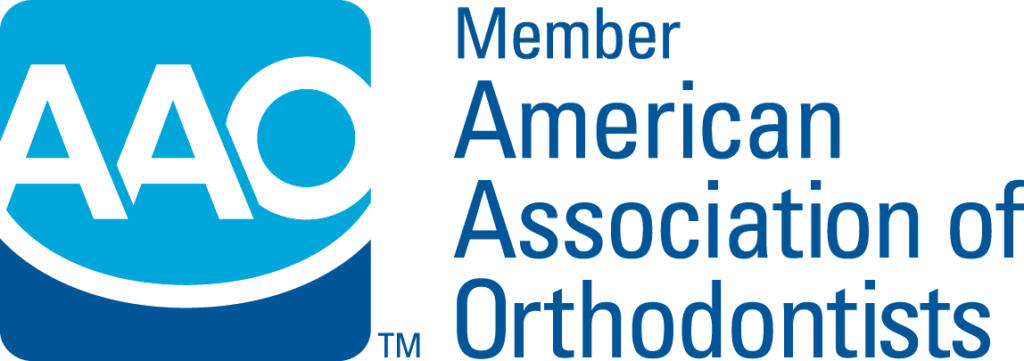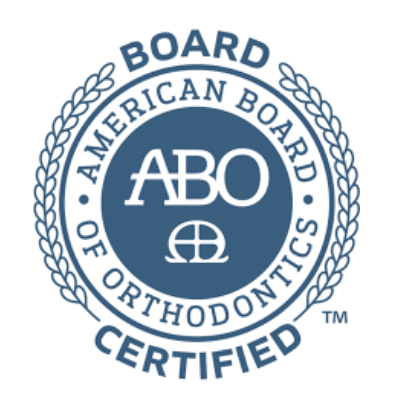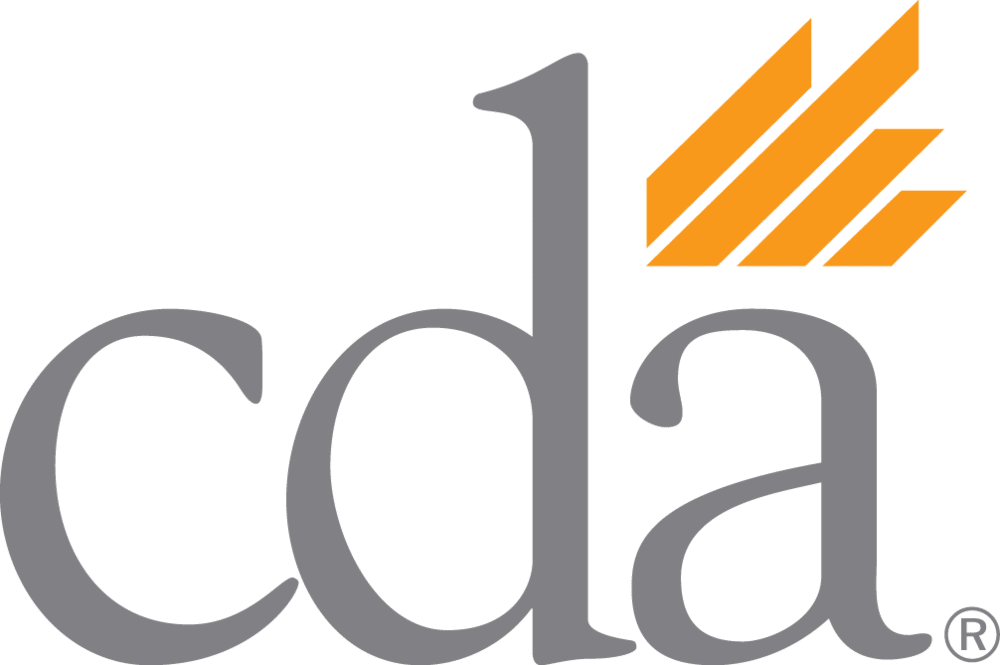Important Links:
Hours:
Monday
9:00 AM - 5:00 PM
Tuesday
8:00 AM - 4:00 PM
Wednesday
9:00 AM - 5:00 PM
Thursday
9:00 AM - 5:00 PM
Friday
9:00 AM - 5:00 PM







